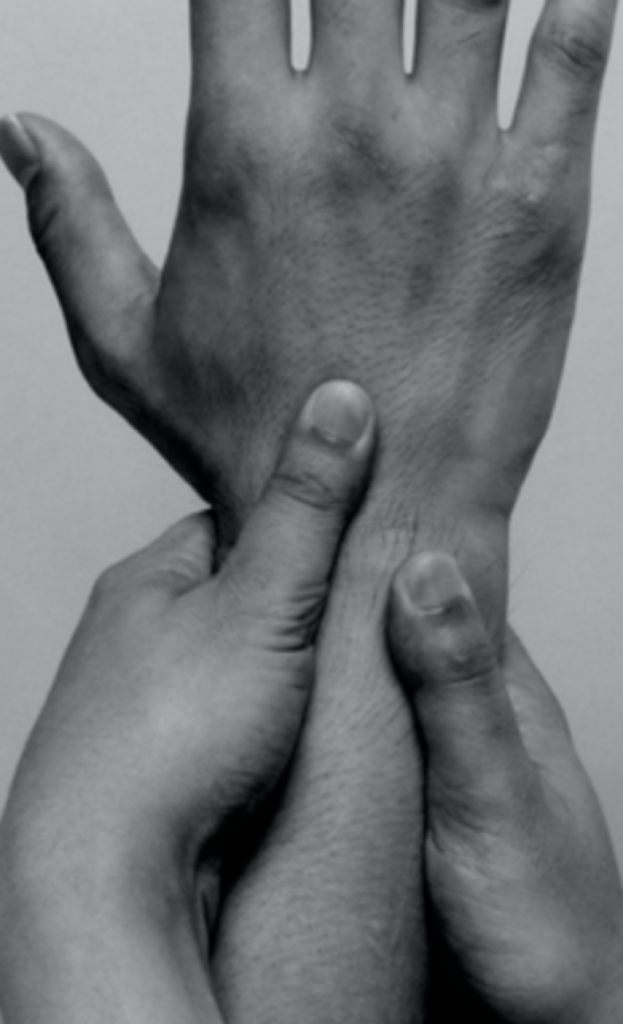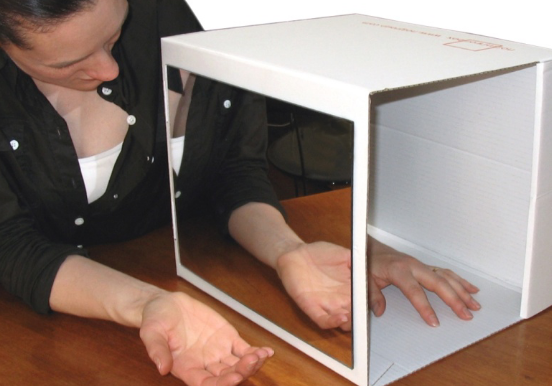Ballottment Test for Wrist DRUJ
Reliability and Validity Analysis of the Distal Radioulnar Joint Ballottement Test
Nagashima, M., Omokawa, S., Hasegawa, H., Nakanishi, Y., Kawamura, K., & Tanaka, Y. (2024). Reliability and validity analysis of the distal radioulnar joint ballottement test. The Journal of Hand Surgery, 49(1), 15–22. https://doi.org/10.1016/j.jhsa.2023.10.006
The Skinny: Distal radioulnar joint (DRUJ) wrist instability can be caused by triangular fibrocartilage complex (TFCC) injuries. This joint injury can be clinically determined with the ballottement provocative test. There are a handful of tests to determine DRUJ instability, but the ballottement test is an accurate manual test for DRUJ instability. This study looks at the validity of the ballottement test for TFCC injury using a 3-D electromagnetic tracking device. For this study, the examiner grasps the radius and the carpal bones while the other hand grasps the ulnar head and loads are applied in the volar and dorsal directions, which is different from the non-holding method in which the radius is grasped without grasping the carpal bones while the other hand grasps the ulnar head and loads are applied in the volar and dorsal directions.

Image from: Onishi, T., Omokawa, S., Iida, A., Nakanishi, Y., Kira, T., Moritomo, H., Ruxasagluwang, S., Kraisarin, J., Shimizu, T., & Tanaka, Y. (2016). Biomechanical study of distal Radioulnar Joint Ballottement Test. Journal of Orthopaedic Research, 35(5), 1123–1127. https://doi.org/10.1002/jor.23355
In the Weeds: This study had 25 healthy participants (10 men and 15 women) and 8 participants with TFCC injuries (6 men and 2 women). Three orthopedic hand surgeons were utilized in the study to perform the ballottement test. A 3-D electromagnetic tracking device was used to measure the rotation angle of the forearm during the test.
Bringing it Home: This study was able to demonstrate that the ballottment wrist test using the holding technique was able to detect TFCC foveal tears with 80% accuracy 82% sensitivity, and 77% specificity. Due to the high diagnostic accuracy, the ballottment test was identified as an effective way to determine mild or moderate DRUJ instability.
Rating: 4/5
This study had several limitations:
1) The sample size was small which isn’t the best representation
2) The study did not include those with DRUJ instability above grade 2
3) There were no comparisons for age and sex
4) The individual joint differences were not included
5) The load applied to the ballottment test was not measured
6) Joint laxity was not assessed
Despite the limitations, the study does prove that the ballottment test using the holding technique was able to detect TFCC foveal tears with 80% accuracy, allowing healthcare professionals to have an appropriate measure of TFCC foveal tears.
Photo: Onishi, T., Omokawa, S., Iida, A., Nakanishi, Y., Kira, T., Moritomo, H., Ruxasagluwang, S., Kraisarin, J., Shimizu, T., & Tanaka, Y. (2016). Biomechanical study of distal Radioulnar Joint Ballottement Test. Journal of Orthopaedic Research, 35(5), 1123–1127. https://doi.org/10.1002/jor.23355
More To Read
Soft Tissue Healing in Pediatrics
By: Chelsea Gonzalez Why do pediatric clients often not require as much hand therapy for soft tissue injuries when compared to adults? The simple answer: Kids have very elastic soft tissue, which can return to its original shape and position after stretch. This elasticity is lost with time as collagen fibers expand and their internal…
Read MoreGraded Motor Imagery in Hand Therapy
The 3 Stages of Graded Motor Imagery We’ve all heard of mirror box therapy, but do you know the details of how it works? There’s actually 3 stages involved that exercise the brain and take advantage of its plasticity. There is a great deal of evidence supporting these three stages and you can use them…
Read MoreShoulder Special Tests: Are They Really Special? Best way to Evaluate Shoulder Pain
Shoulder Special Tests: Are They Really Special? How to evaluate shoulder pain. By: Emily Saunders Evaluating Their Clinical Utility Shoulder pain and injuries are a common concern in clinical settings, and special tests have long been a cornerstone for diagnosing these issues. These tests aim to identify specific shoulder conditions but often fall short in…
Read MoreSign-up to Get Updates Straight to Your Inbox!
Sign up with us and we will send you regular blog posts on everything hand therapy, notices every time we upload new videos and tutorials, along with handout, protocols, and other useful information.





